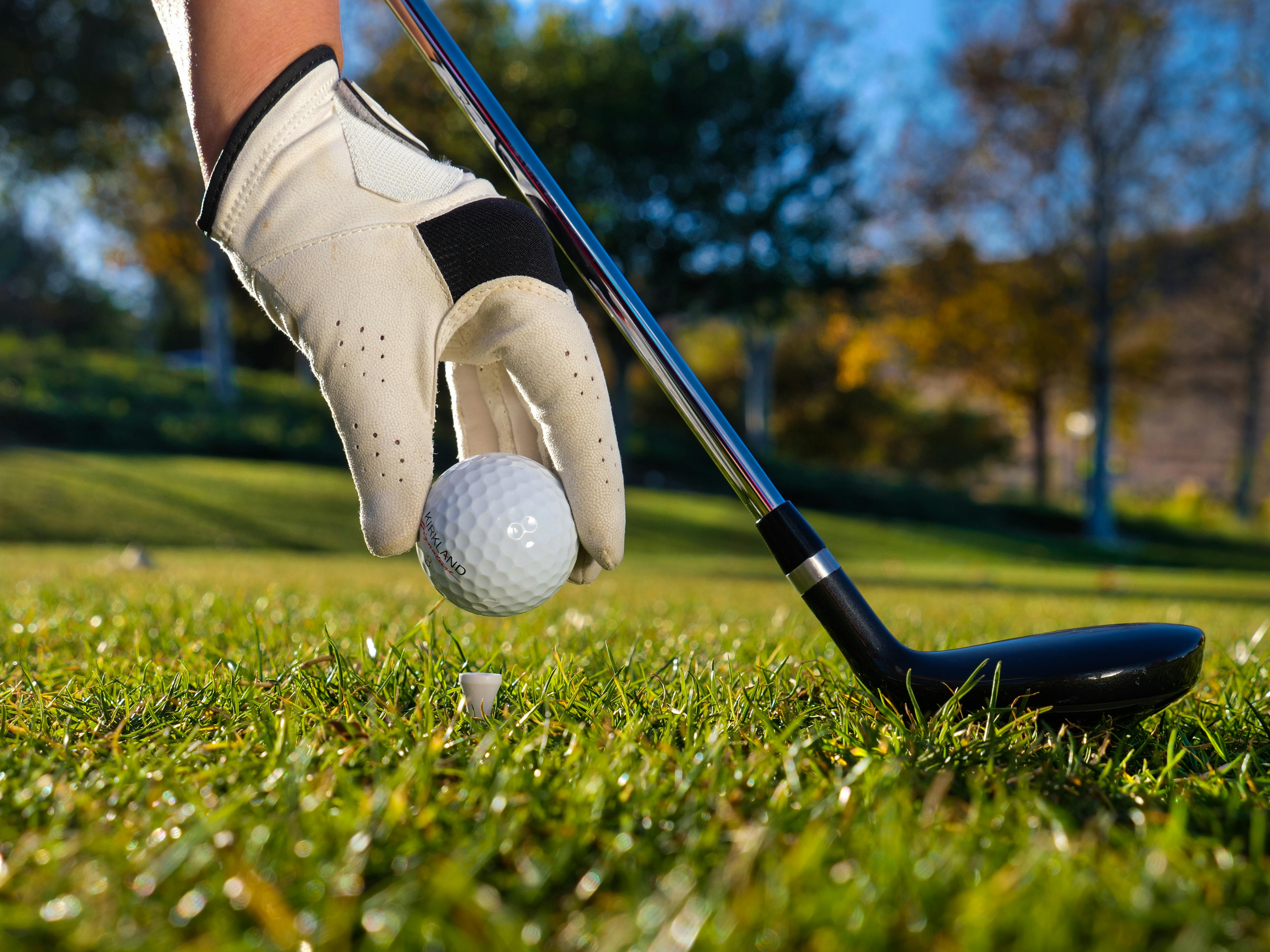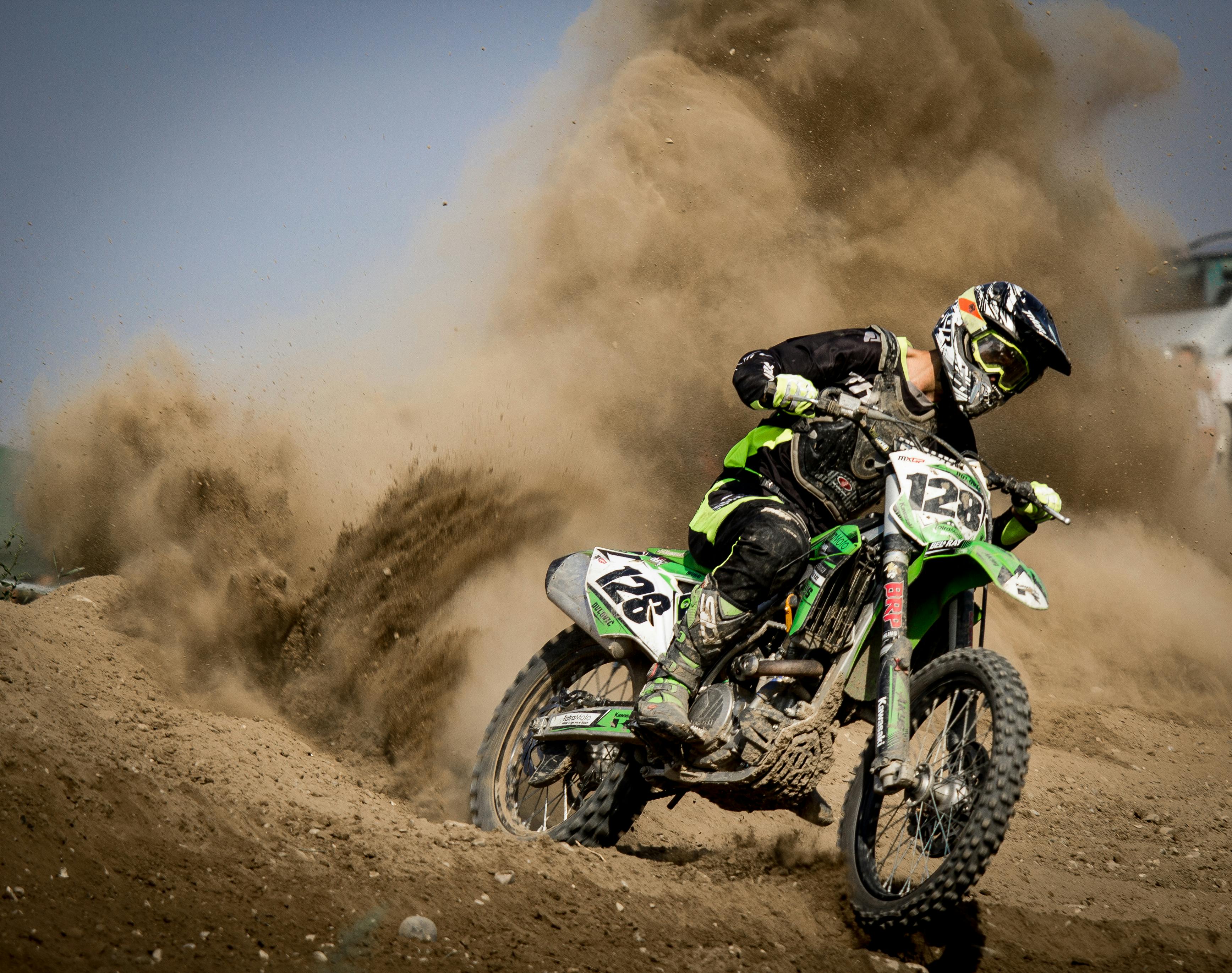Ancient Greece hairstyles changed as Ancient Greece changed, reflecting the concerns and aspirations of its residents. Hairstyles meant something about the user’s age, taste, and city of origin, but not much about their social class (except for slaves, whose hair was generally short). In their private lives, the Athenians were, according to Demosthenes, “stern and simple,” with no great difference between how the taller and shorter citizens dressed, lived, or ate. In Sparta, men and women often walked naked or with their chitons (draped with white clothing) open at the sides; the word “Spartan” means indifference to luxury, which was widespread in ancient Greece.
The Greek ideal of beauty was the same for men as it was for women: youth, detailed muscles, and natural-colored cheeks. In ancient art, men and women are drawn almost exactly the same, except for their breasts (when exposed). Many Greeks used substances such as olive oil and honey to improve the appearance of their skin, while men they spent much of their time in the gym. , where they would exercise, fight and converse with other naked men.
Blonde hair was considered attractive, and both men and women bleached their hair with potash water, in addition to drying it in the sun for a blonder effect.
Makeup was used, although some considered it pretentious; many women used white lead to lighten their faces, and perhaps red pigment for blush and charcoal as eyeshadow. The heterae, the ancient Greek equivalent of the geisha or courtesan, sometimes wore makeup.
This androgyny led to a certain uniformity in hairstyle. Men and women wore their hair in long curls; It is not clear whether their hair was naturally curly or whether it was curled with pliers or similar implements. In a famous passage from Homer, Athena makes Odysseus’ hair fall from his head in “hyacinth curls.” Therefore, we could deduce that these curls were natural, at least for part of the native population.
Hairstyles for women
The position of women in ancient Greece was surprisingly low. Married women were isolated in their homes, not even allowed to socialize with other women, much less with other men. This could explain the relative indifference to luxury in ancient Greek society.
The women wore their hair long and curly, sometimes in braids, sometimes in braids over the shoulders. After the defeat of Persia in 449 BC. Eastern styles became less popular and women began to tie their hair in a bun or bun at the nape of the neck, sometimes with a band or net wrapped around the head. Scarves and headbands were also available.
During the duel, the women cut their hair.
Hairstyles for men
The men grew their hair out. One boy cut his hair short (about chin or jaw length) when he was in his teens, and kept a short haircut until he grew older and more distinguished.
The beard was also a sign of distinction and virility. Most of the young men were clean-shaven, which at the time was a sign of effeminacy. However, shaving the upper lip was not uncommon. Only when Alexander the Great ordered his soldiers to shave did the beard lose any of its grandeur; still, it was a mark of a philosopher or a sage.
There were several popular hairstyles from ancient Greece, worn by both men and women: the krobylon was an updo, gathered up, and pinned across the forehead; the Kepos, a bowl cut used for youths and slaves; the Theseid was a kind of proto-mullet that was short in front and long in back; the Hectorean was combed back in curls.
Garlands and diadems were worn by eminent Greek leaders, including Alexander the Great and prominent statesmen. Usually a garland was placed on the head of a great man at his funeral.



